How Many Solar Panels To Charge A Tesla?
As the world continues to shift towards renewable energy, many Tesla owners are exploring the possibility of using solar panels to charge their electric vehicles (EVs). This approach not only reduces reliance on fossil fuels but also offers a sustainable and cost-effective solution for powering their cars. However, one of the most common questions that arise is: "How many solar panels are needed to charge a Tesla?" This article aims to provide a comprehensive answer to this question by examining various factors that influence the number of solar panels required.
Understanding the Basics

Before diving into the specifics, it's essential to understand some basic concepts related to solar energy and electric vehicles. Solar panels generate electricity by converting sunlight into direct current (DC) power, which is then converted into alternating current (AC) power for household use. The amount of electricity a solar panel can produce depends on its efficiency, size, and the amount of sunlight it receives.
Tesla vehicles, like all electric cars, have a battery that stores electrical energy. The capacity of this battery is measured in kilowatt-hours (kWh). For instance, a Tesla Model 3 Long Range has a battery capacity of approximately 75 kWh. To determine how many solar panels are needed to charge a Tesla, we need to consider the car's battery capacity, the efficiency of the solar panels, and the average amount of sunlight available in a specific location.
Factors Influencing the Number of Solar Panels
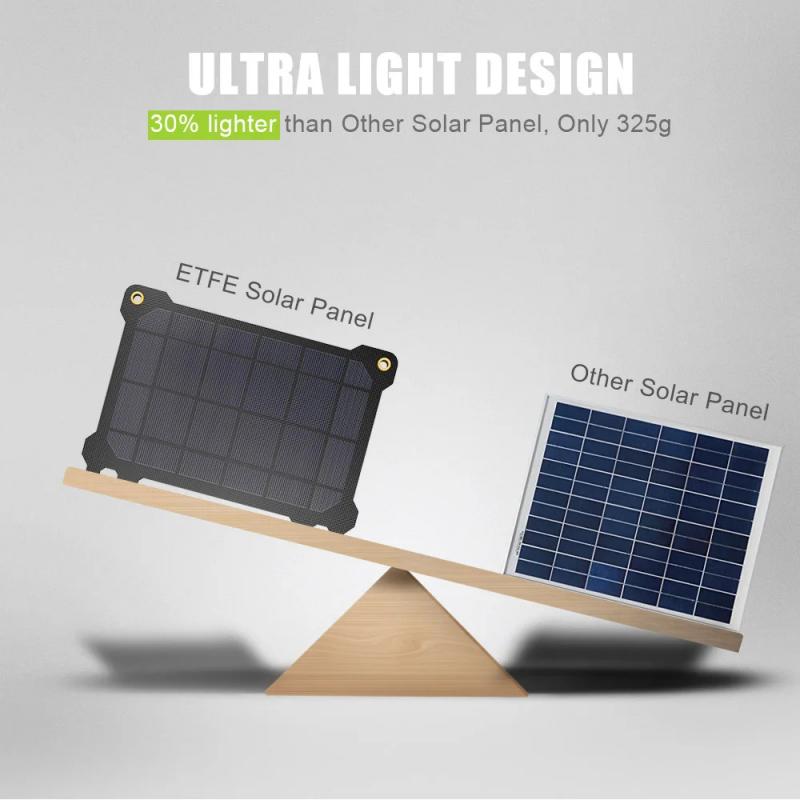
1. Battery Capacity of the Tesla
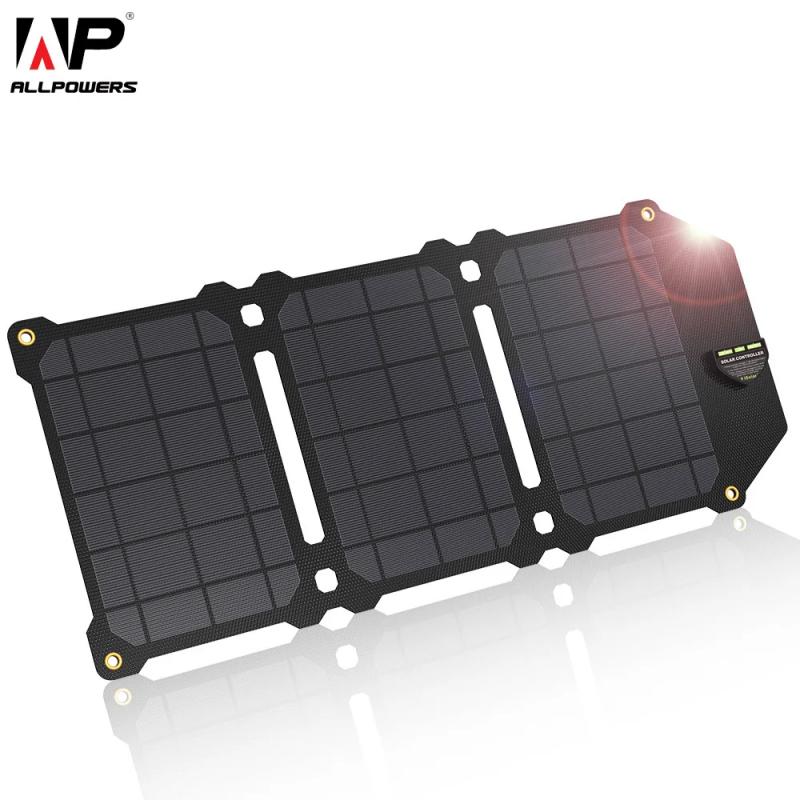
The first factor to consider is the battery capacity of the Tesla model in question. Different Tesla models have varying battery capacities. Here are some examples:
- Tesla Model 3 Standard Range Plus: 54 kWh
- Tesla Model 3 Long Range: 75 kWh
- Tesla Model S Long Range: 100 kWh
- Tesla Model X Long Range: 100 kWh
The larger the battery capacity, the more energy is required to charge it fully.
2. Solar Panel Efficiency

Solar panel efficiency refers to the percentage of sunlight that a solar panel can convert into usable electricity. Most residential solar panels have an efficiency rate between 15% and 20%. Higher efficiency panels can generate more electricity in a smaller area, but they are also more expensive.
3. Sunlight Availability
The amount of sunlight available in a specific location, also known as solar irradiance, plays a crucial role in determining the number of solar panels needed. Solar irradiance is measured in kilowatt-hours per square meter per day (kWh/m²/day). Areas with higher solar irradiance will require fewer solar panels to generate the same amount of electricity compared to areas with lower solar irradiance.
4. Daily Driving Habits
Another important factor is the daily driving habits of the Tesla owner. The more miles driven per day, the more energy will be required to recharge the battery. On average, a Tesla consumes about 0.25 kWh per mile. Therefore, if a Tesla owner drives 30 miles per day, they would need approximately 7.5 kWh of energy to recharge the battery.
Calculating the Number of Solar Panels
To calculate the number of solar panels needed to charge a Tesla, we can use the following formula:
\[ \text{Number of Solar Panels} = \frac{\text{Daily Energy Requirement (kWh)}}{\text{Solar Panel Output (kWh/day)}} \]
Let's break down this formula with an example:
Example Calculation
Assume we have a Tesla Model 3 Long Range with a battery capacity of 75 kWh. The owner drives an average of 30 miles per day, requiring 7.5 kWh of energy daily. The solar panels have an efficiency of 18% and the location has an average solar irradiance of 5 kWh/m²/day.
1. Daily Energy Requirement: 7.5 kWh
2. Solar Panel Output: To find the output of one solar panel, we need to consider its size and efficiency. A standard residential solar panel is about 1.6 square meters and can produce around 300 watts (0.3 kW) of power. With 5 hours of peak sunlight, one panel can generate:
\[ 0.3 \text{ kW} \times 5 \text{ hours} = 1.5 \text{ kWh/day} \]
3. Number of Solar Panels:
\[ \frac{7.5 \text{ kWh}}{1.5 \text{ kWh/day}} = 5 \text{ panels} \]
Therefore, under these conditions, the Tesla owner would need approximately 5 solar panels to meet their daily driving energy requirements.
Additional Considerations
1. Energy Storage
While solar panels can generate electricity during the day, Tesla owners may also need to consider energy storage solutions, such as a Tesla Powerwall, to store excess energy generated during the day for use at night or during cloudy days.
2. Seasonal Variations
Solar energy production can vary significantly with the seasons. During winter months, shorter days and lower solar irradiance can reduce the amount of electricity generated by solar panels. It's essential to account for these variations when planning a solar panel system.
3. System Efficiency
The overall efficiency of the solar panel system, including the inverter and any potential energy losses, should also be considered. Typically, system efficiency ranges from 75% to 85%.
Charging a Tesla with solar panels is a viable and sustainable option that can significantly reduce reliance on fossil fuels and lower energy costs. By considering factors such as the Tesla's battery capacity, solar panel efficiency, sunlight availability, and daily driving habits, Tesla owners can determine the number of solar panels needed to meet their energy requirements.
In our example, a Tesla Model 3 Long Range owner driving 30 miles per day would need approximately 5 solar panels to charge their vehicle. However, this number can vary based on individual circumstances and location. By carefully evaluating these factors, Tesla owners can make informed decisions about integrating solar energy into their EV charging routine, contributing to a greener and more sustainable future.


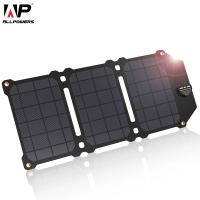


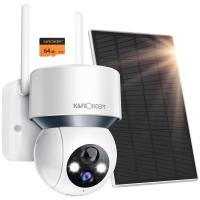



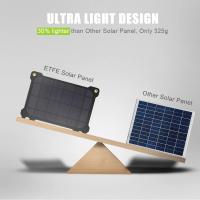








There are no comments for this blog.